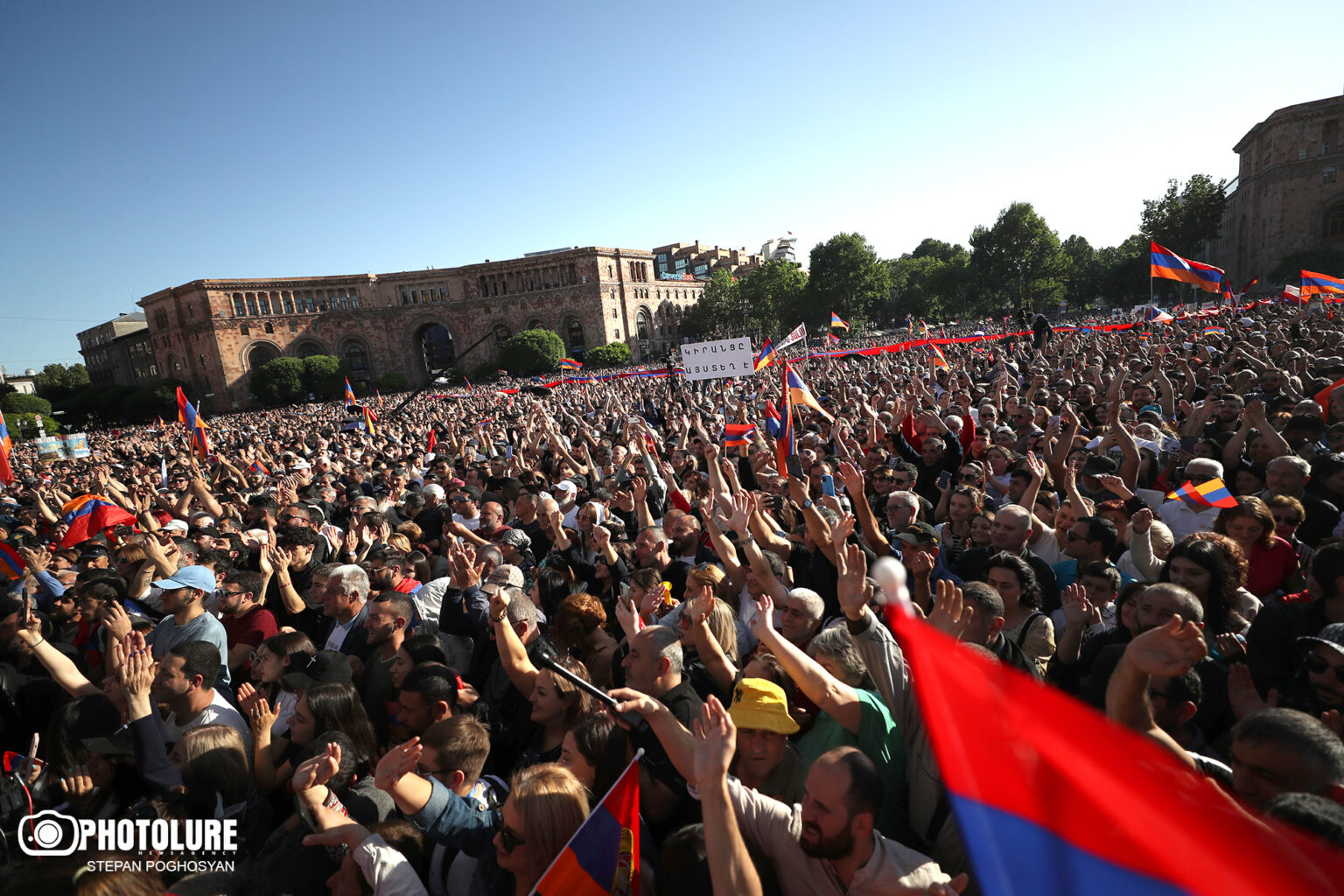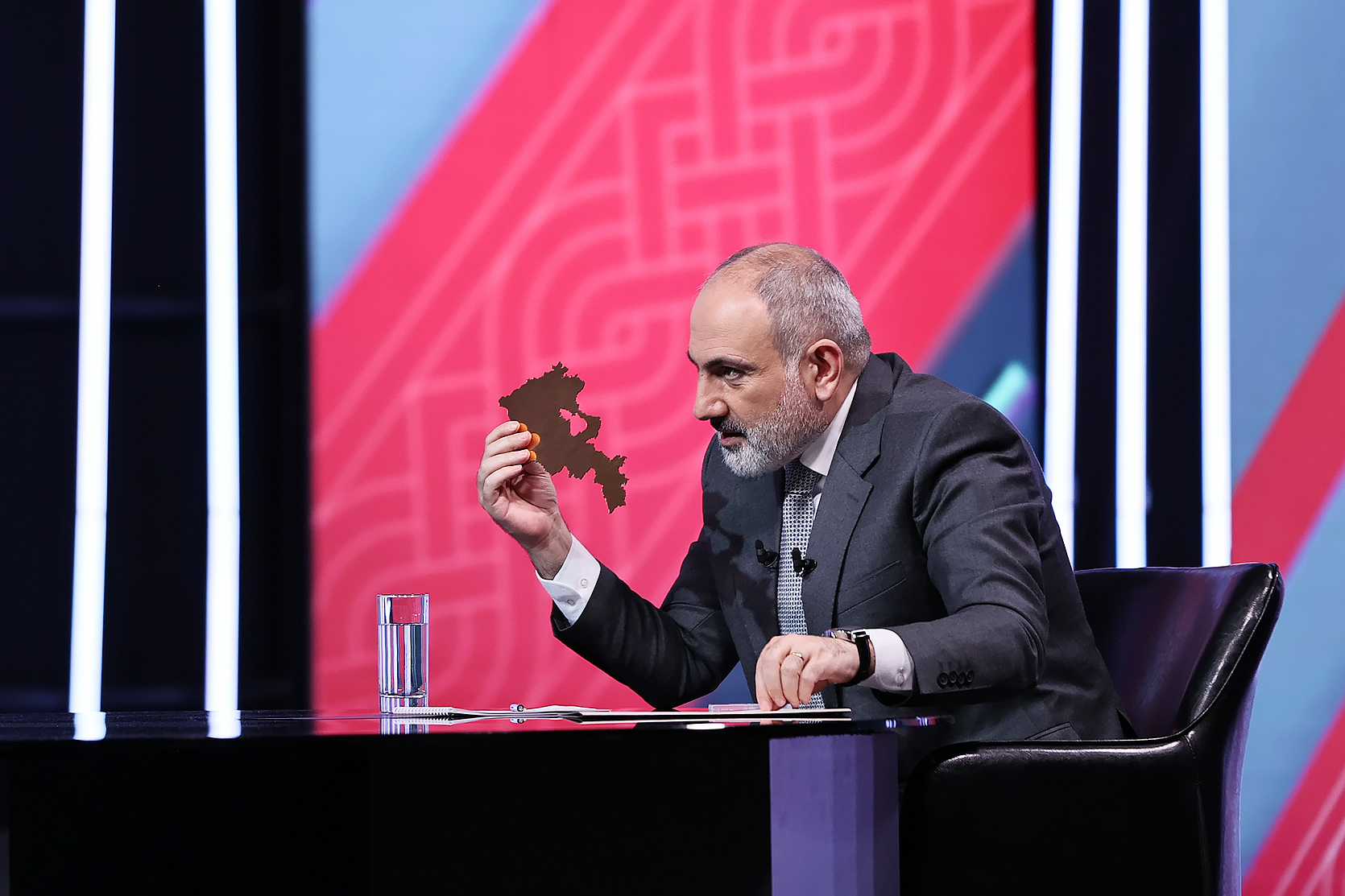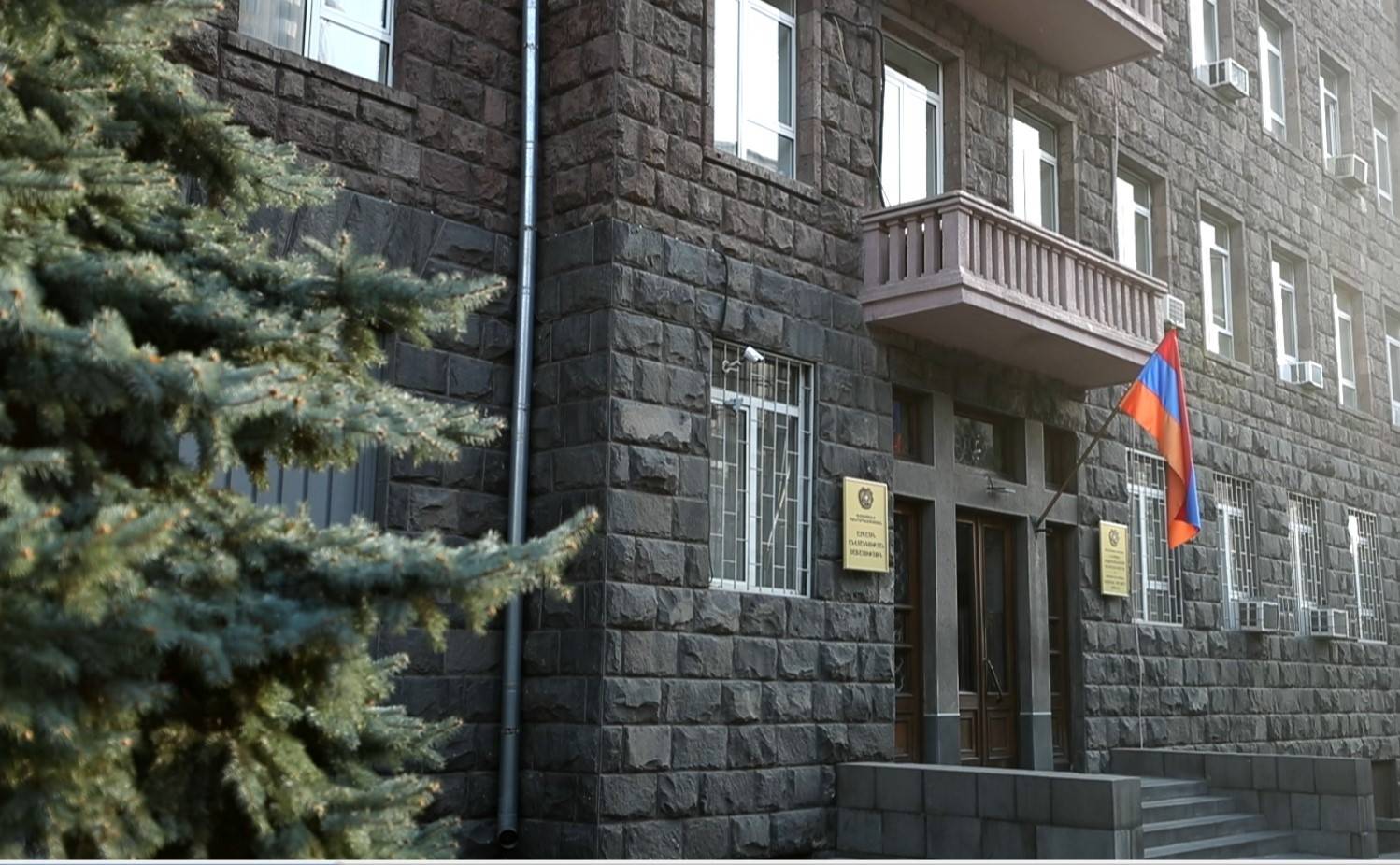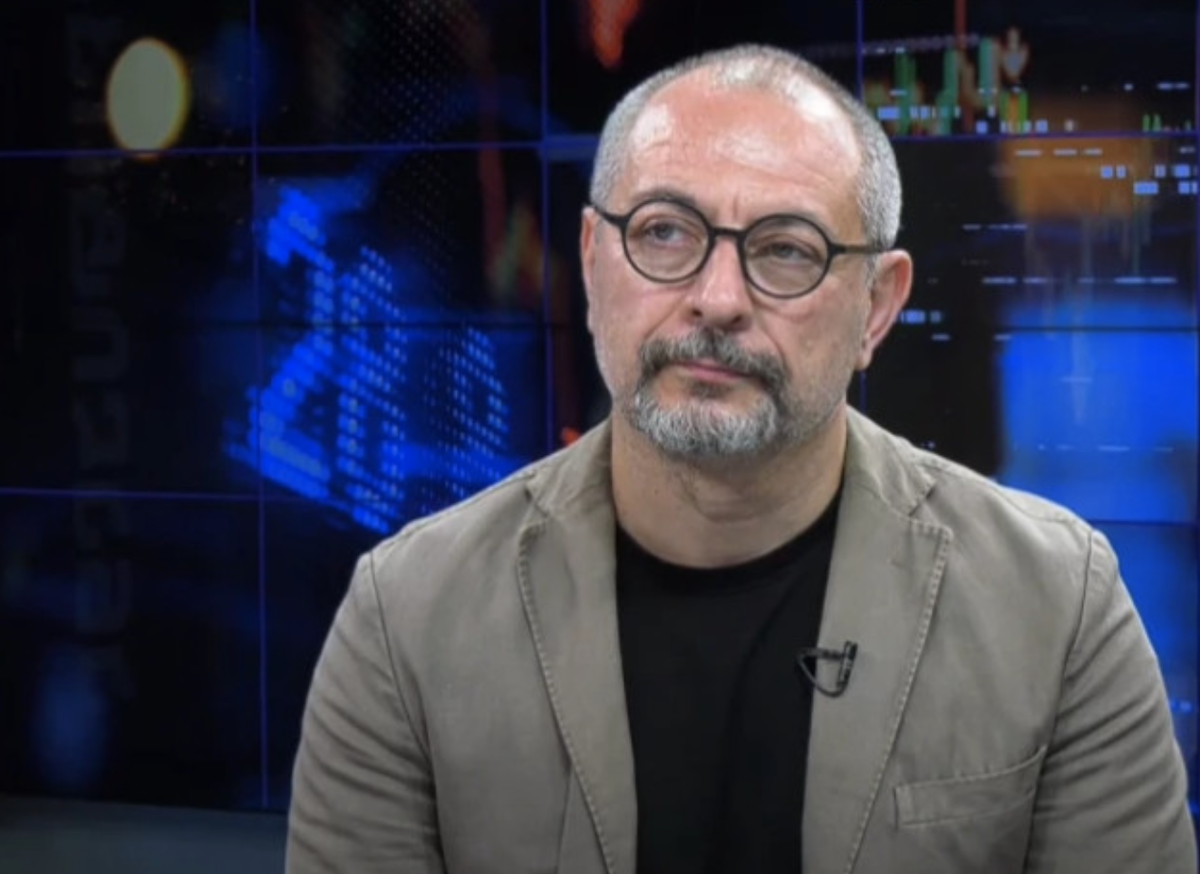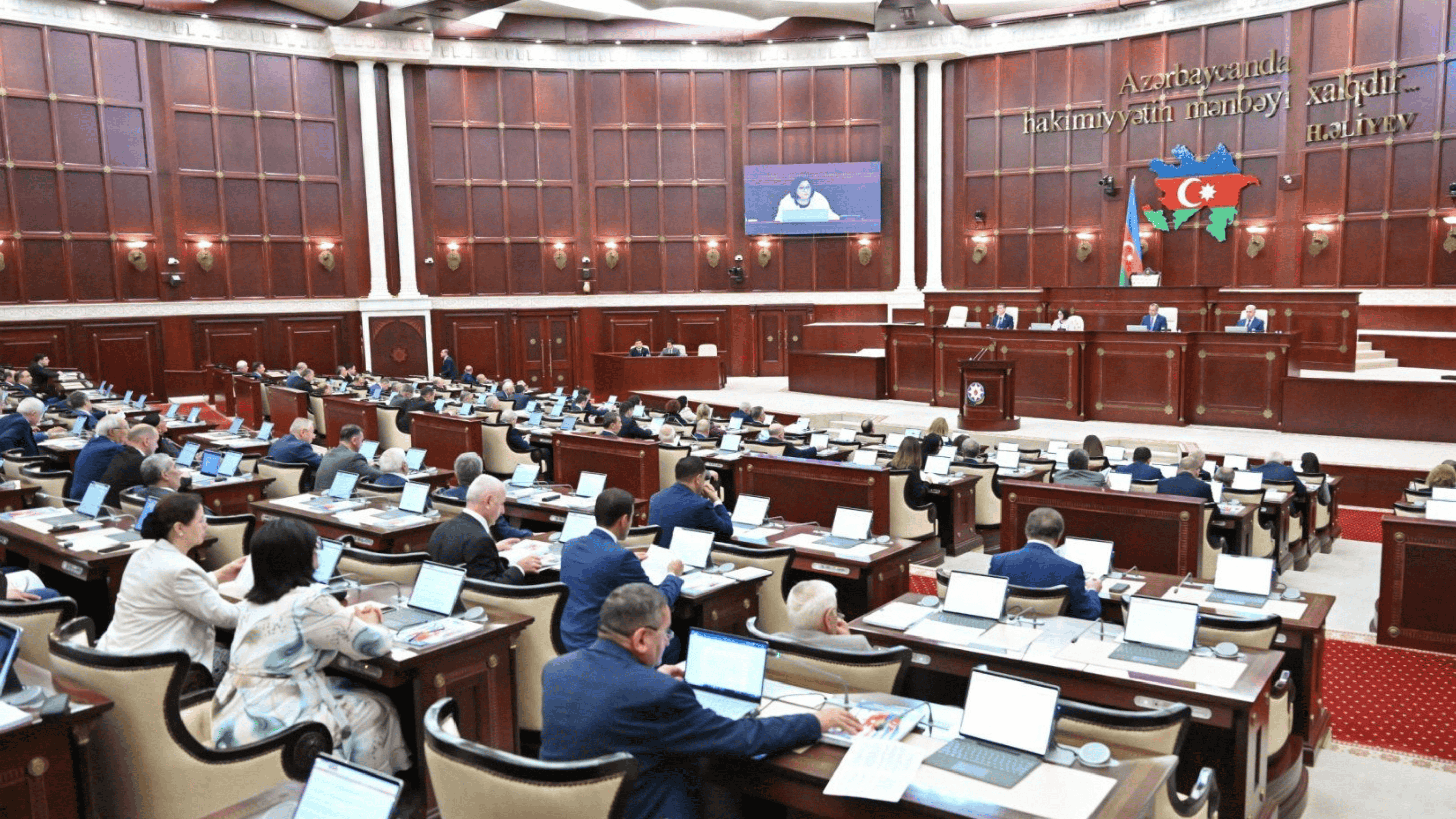"Delimitation of the border with Azerbaijan is a significant achievement" - Pashinyan
Tavush-Gazakh demarcation results
“An important cornerstone has been laid for our sovereignty and further development of independence. For the first time in the years of independence, the Republic of Armenia has an officially delimited border,” said Armenian prime minister Nikol Pashinyan at a government meeting.
The speech refers to the Armenian-Azerbaijani border in the Tavush-Gazakh section. Late in the evening, information emerged that the ninth meeting of the commissions on the delimitation of the borders between Armenia and Azerbaijan took place. The parties signed a protocol confirming that they have agreed on “certain sections of the border.”
It has not been previously announced on which maps the demarcation process is based. And only now it became known that the process is based on the topographic maps of the General Staff of the USSR Armed Forces from 1976.
According to the apparatus of the prime minister of Armenia, these are the latest maps, “re-verified in 1979 by authorized state bodies of the USSR.”
As for the results of the demarcation, it turned out that small problems arose only in the village of Kirants in the Tavush region. There arose the need for “road relocation,” which can be implemented in two to three months.
Parallel to the prime minister’s speech, a protest action was taking place next to the government building. Members of the “Tavush for the Sake of the Homeland” movement, who oppose the delimitation of the border, claimed that a “crime is being committed.” According to them, the country’s territory is being handed over to Azerbaijan without holding a referendum, as required by the constitution. Dissatisfied with the work of the delimitation commission are the residents of Kirants. They are outraged that their interests were not taken into account, and the issues were resolved “not in their favor.”
The commissions on the delimitation of Armenia and Azerbaijan are chaired by deputy prime ministers Mger Grigoryan and Shahin Mustafayev. After the May 15 meeting, the Armenian Foreign Ministry announced that the commissions agreed on a “protocol-description of the segments of the border line directly between the settlements of Baghanis (Republic of Armenia) – Baganis Ayrım (Republic of Azerbaijan), Voskepar (RA) – Ashagy Askıpara (RA), Kirants (RA) – Kheyrimli (RA), and Berkaber (RA) – Gizil Hajili (RA) with the aim of bringing them into line with the legally justified inter-republican border that existed within the framework of the Soviet Union at the time of its collapse.
- Clerical uprising or political interference in the country: what is happening in Yerevan? Opinions
- The opposition movement ‘undermines the sovereignty of the country’ – Armenian foreign minister
- Ruling faction rejects opposition’s border demarcation proposal as ‘dangerous for Armenia’
“The demarcation of the border will increase the level of security and stability”
Nikol Pashinyan considers it a significant success that a protocol was signed between the delimitation commissions, according to which Armenia and Azerbaijan have agreed on the borders in the Tavush-Gazakh section:
“The demarcation of the border will significantly increase the level of security and stability not only in the mentioned villages but also along the entire Armenian-Azerbaijani border,” says the prime minister.
According to the prime minister, this is a “very important and significant achievement.”
Pashinyan emphasized that in the process of demarcating the border with Azerbaijan, it is fundamentally important for Armenia not to create a new border but to reproduce the ones that existed “at the time of the collapse of the Soviet Union and have legal significance.“
“To achieve this, we first referred to the Alma-Ata Declaration. And on April 19, this was enshrined as the main principle of the entire demarcation process. Now we have a reference to maps. And these are the latest maps of the Soviet Union, which have legal significance,” said Pashinyan.
According to the prime minister, if the Armenian government had deviated from this principle and created a new border, it would have become “a source of constant escalation and military conflicts.“
“Specific Issues” in the demarcation process
The reproduction of the border line in the Tavush-Gazakh section has been completed, and the border is considered demarcated, according to the prime minister’s office. Summarizing the process, they stated:
- There were and are no problematic areas or painful situations in Berkaber;
- Issues surrounding the Church of the Holy Mother in Voskepar and the Voskepar-Baghanis road from the Soviet era have been resolved, “the road is entirely located within the territory of the Republic of Armenia, as is the church”;
- There will be a problem with relocating the road in Kirants, which can be done within two to three months, and the alternative road from Acharkut to Kirants will be substantially repaired;
- Kirants will regain about 25 hectares of agricultural land that has been inaccessible to local residents for the past 33 years.
There were also issues with the property of Kirants residents. The Armenian government is ready to compensate its citizens for the damage.
“We have already said that these problems are our problems. These are not the problems of the residents of Kirants or a few families. These are our problems. This is a problem of our government, it is my problem. And we will consistently solve these problems,” said Pashinyan today.
“Armenian border troops already on duty”
According to the prime minister, Armenian border troops have been stationed in the Baghanis-Voskepar area for over a week:
“After the border markers were installed, border troops were deployed here. Currently, they are familiarizing themselves with the area to carry out permanent duty. This will also happen in other areas.”
In response to the question of when border guards from both countries will begin service on the agreed border, the prime minister’s office stated:
“This will happen in the next eight to nine days. In the most problematic part of Kirants, it will be slightly later because some details need to be clarified.”
“Azerbaijan inclined to continue the process with the same algorithm”
Some details were also provided by the chairman of the Border Delimitation Commission, Mger Grigoryan.
He stated that during the latest commission meeting, discussions continued regarding the demarcation process. According to him, “there seems to be agreement to reflect the same principles in the regulations” that were applied during the demarcation process in the Tavush region. He assured that work in this direction would continue:
“I want to confirm that Azerbaijan is also inclined to continue the border delimitation process in the same format, using the same algorithm that we applied this time.”










